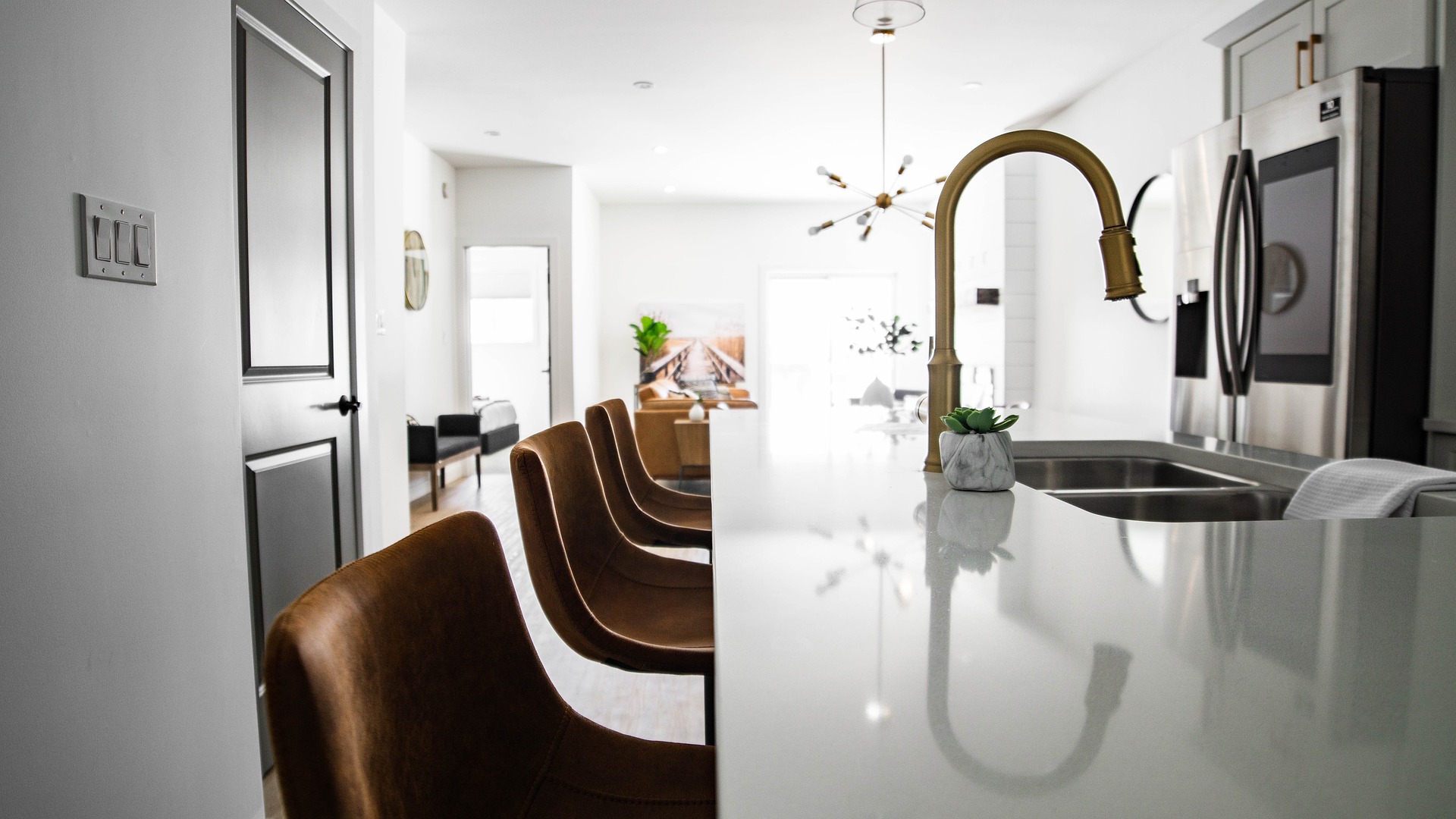Whimsical Wabi-Sabi: Embracing Imperfection in Home Design
In a world obsessed with perfection, a gentle revolution is taking root in our living spaces. Wabi-sabi, the ancient Japanese philosophy celebrating imperfection and transience, is finding its way into modern home design with a playful twist. This isn't your grandmother's austere aesthetic - today's wabi-sabi infuses whimsy and color into the art of embracing life's beautiful flaws.

The Roots of Wabi-Sabi
Wabi-sabi originated in 16th century Japan as a reaction to the prevailing aesthetic of ornate, perfect, and costly displays. It embraced simplicity, naturalness, and the acceptance of transience and imperfection. Traditional wabi-sabi interiors were characterized by earthy colors, natural materials, and minimalist designs that highlighted the passage of time.
In its purest form, wabi-sabi celebrates three simple realities: nothing lasts, nothing is finished, and nothing is perfect. It finds beauty in asymmetry, roughness, and the marks left by age and use. This philosophy stood in stark contrast to Western ideals of symmetry, smoothness, and newness.
The Modern Twist: Adding Whimsy to Wabi-Sabi
Today’s interpretation of wabi-sabi takes the core principles and injects them with a dose of playfulness and contemporary flair. This new approach maintains respect for imperfection and the passage of time but isn’t afraid to have fun with color, pattern, and unexpected juxtapositions.
The key is to balance the serene, grounding elements of traditional wabi-sabi with pops of whimsy that bring joy and energy to a space. This might mean pairing a crackle-glazed vase with a neon sign, or draping a hand-knit throw with visible mends over a sleek, modern sofa.
Incorporating Whimsical Wabi-Sabi in Your Home
To bring this aesthetic into your own space, start by embracing imperfection. Look for pieces with character - furniture with visible grain or knots, textiles with slight irregularities, or ceramics with deliberate asymmetry. Then, add elements of surprise and delight.
Consider a gallery wall that mixes vintage frames with modern art prints, or a kitchen that pairs well-loved wooden utensils with boldly patterned dishes. In the bedroom, layer a crisp white duvet with colorful, mismatched pillows and a chunky, hand-knit blanket.
Remember, the goal is not to create chaos, but to find beauty in the unexpected and imperfect. Each item should have a story or evoke an emotion, creating a space that feels lived-in, loved, and uniquely yours.
The Art of Kintsugi in Whimsical Wabi-Sabi
Kintsugi, the Japanese art of repairing broken pottery with gold, is a perfect embodiment of wabi-sabi principles. In the whimsical interpretation, consider using bold colors or even glitter instead of traditional gold. This technique can be applied beyond ceramics - imagine a wooden table with a crack filled with glow-in-the-dark resin, or a concrete floor with deliberate cracks highlighted in vibrant hues.
This approach not only gives new life to broken items but also creates one-of-a-kind pieces that celebrate their history and imperfections. It’s a powerful reminder that flaws can be transformed into features, adding character and uniqueness to our living spaces.
Nature and Nurture: Plants in Whimsical Wabi-Sabi Design
Plants play a crucial role in wabi-sabi interiors, bringing life and emphasizing the passage of time. In the whimsical version, consider unconventional planters like repurposed toys, vintage tins, or even old shoes. Mix manicured bonsai with wild, trailing vines. Embrace plants with interesting textures or unusual shapes, like air plants, succulents, or carnivorous varieties.
Don’t be afraid to let your plants show signs of age or struggle - yellowing leaves or slightly wilted flowers can be beautiful reminders of nature’s cycles. Pair them with vibrant, modern plant stands or hang them from colorful macramé holders for an extra touch of whimsy.
Lighting: The Soul of Whimsical Wabi-Sabi Spaces
Lighting is crucial in creating the right atmosphere for a whimsical wabi-sabi interior. Soft, warm lighting helps highlight the textures and imperfections that make this style unique. Consider using Edison bulbs in modern fixtures, or repurposing old objects into quirky lamps.
Paper lanterns, a staple in traditional Japanese interiors, can be updated with bold patterns or unexpected colors. Mix and match different styles of lighting - a vintage chandelier could coexist beautifully with a set of contemporary pendant lights, creating a playful tension between old and new.
The Philosophy of Whimsical Wabi-Sabi Living
Adopting a whimsical wabi-sabi approach to home design is more than just an aesthetic choice - it’s a philosophy of living. It encourages us to find beauty in the imperfect, joy in the unexpected, and meaning in the passage of time. This mindset can extend beyond our living spaces, influencing how we approach life’s challenges and celebrations.
By embracing imperfection and adding elements of play and surprise, we create homes that are not just visually interesting, but emotionally resonant. These spaces tell our stories, reflect our journeys, and remind us to find delight in life’s little quirks and imperfections.
In a world that often demands perfection, whimsical wabi-sabi offers a refreshing alternative. It reminds us that a well-lived life, like a well-loved home, is not about flawlessness, but about character, joy, and the beautiful marks left by time and experience. So go ahead, embrace the crack in your favorite mug, the worn patch on your sofa, and the wildness of your garden - and don’t forget to add a splash of color and a touch of whimsy along the way.





